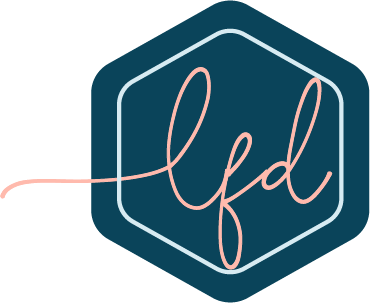A vital element of education is rigor. By challenging students you are opening them to a world of possibilities they never knew existed or possibly didn’t know existed for them. I have a passion for integrating STEM into all courses! Effective STEM integration not only addresses cross-curricular skills but also incorporates the 4 Cs of 21st-century learning: creativity, critical thinking, collaboration, and communication.
As relationships are built, learning abilities and styles addressed, and expectations set high, students become empowered. Empowered in not only their education but their future! Who is responsible for this future? The responsibility falls on all stakeholders. Stakeholders include the community, parents, administrators, teachers, and students. If you are missing any piece of the stakeholder puzzle, you have lost a piece of involvement important for each student’s success.
What have you collected in your pencil box to aid these vital components integration in education to empower our students’ future?







Education is like a pencil box; it is only as good as what you put in it. To educate it to teach, to nurture, to cultivate, to empower! The key to effective teaching is building relationships, individualized learning, rigor, and empowerment.
Building strong relationships involves a multitude of aspects from the classroom environment to the genuine interest of the individual students to learning styles and abilities. A good classroom environment begins with respect – respect for both the teacher and the students. In order to effectively manage a classroom, organized policies and procedures must not only be created but also strongly adhered to with clear understanding by all involved. By involving students in the definition and creation aspect of this environment they take ownership. Teachers must invest in their students. What hobbies do they enjoy? Are they involved in sports or various clubs? Most importantly have I reached out to their parents or guardians?
As these relationships are fostered, you begin to uncover various learning styles and abilities. Each student is unique and has the ability to learn, though all students learning ability won’t come from the same avenues. By incorporating activities that meet a variety of learning styles, students have a tremendous increase in motivation and interest in learning. One of the easiest ways I have found to reach multiple levels of learning while meeting individual learning styles and student needs is through the integration of technology.